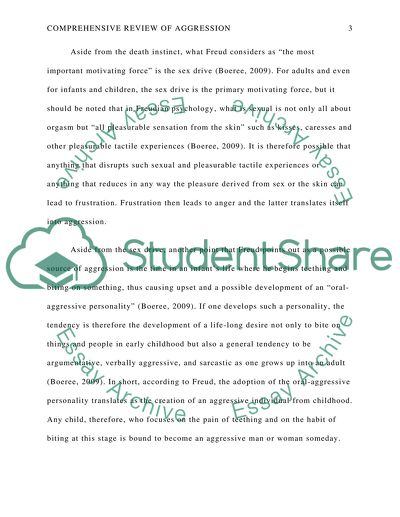Cite this document
(“Comprehensive review of aggression Term Paper Example | Topics and Well Written Essays - 2500 words”, n.d.)
Retrieved from https://studentshare.org/psychology/1399754-comprehensive-review-of-the-sample-behavior
Retrieved from https://studentshare.org/psychology/1399754-comprehensive-review-of-the-sample-behavior
(Comprehensive Review of Aggression Term Paper Example | Topics and Well Written Essays - 2500 Words)
https://studentshare.org/psychology/1399754-comprehensive-review-of-the-sample-behavior.
https://studentshare.org/psychology/1399754-comprehensive-review-of-the-sample-behavior.
“Comprehensive Review of Aggression Term Paper Example | Topics and Well Written Essays - 2500 Words”, n.d. https://studentshare.org/psychology/1399754-comprehensive-review-of-the-sample-behavior.


